Concept and Inspiration:
For my final project I plan on creating a sketch that is inspired by a very dear to my heart film project that I worked on last semester. The film generally revolved around the concept of memory retrieved through archival footage which is what I aim to reflect in my sketch. When I think of archival footage I immediately think of old film tapes although most of the footage retrieved for the film I created was filmed on digital cameras, and only a the photos were on tapes, there’s still something about images and videos that are recorded on old cameras and film tapes that deeply resonates with me and reflects the idea of an old archived memory for me. Hence, I want to attempt to reflect this idea of memory through a running film tape simulation that is achieved through different mechanisms to showcase the way in which archived film tapes and memories run before our eyes. I am hoping to add the element of human interactivity through the computer vision mechanism. In a way I’ll try to have the user’s image be intertwined with the running tape effect to make the experience more personalized and to accentuate the feeling of retrieving a memory and almost living through it.
The film I made was based off of an essay that I wrote about sisterhood and memories, and the theme of that essay was the color pink. Hence, similar to the way I had manipulated the footage to make resonate with the essay and reflect the color pink, I plan on making the film tape effect be of different shades of pink.

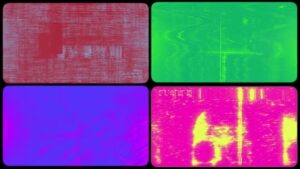
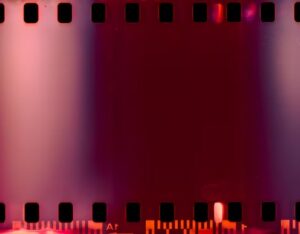
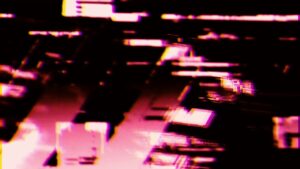
Methodology and Application:
The sketch will mainly utilize mechanisms of game of life and cellular automata, but I’ll work on it in a way to have entire columns changing rather than singular cells. I plan on also including particles that could mimic the glitching effect in film tapes. These particles will have forces of attraction and repulsion to alter their movement and add more of a chaotic nonuniform feel to the sketch. Below is a rough base experimentation of what I envision my project to look like. So far, I only worked with the cellular automata rules but moving forward I will be incorporating the other elements that I discussed.
Further Ideas:
The particles that I spoke about earlier will especially come into play when computer vision detects the presence of a user. Here, the user image will be what interferes with the consistency of the tape suggesting different interpretations of the project, whether that be the trapping of individuals in their memories, or their alteration of them, or even the way individuals observe their memories and watch them playing. Of course this will all be detailed to the user with either a welcoming menu or a brief text below the sketch. I am also considering including the voice over of the essay that I incorporated in my film to show how both projects are tied together and to also allow users to get the full experience that I am trying to deliver. These are all ideas that I am hoping for my sketch to tap into, I might be reworking certain aspects of my project as I work through it but generally I believe my concept is clear to me.

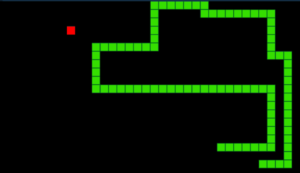

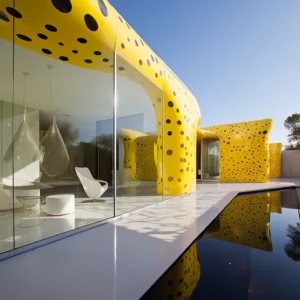
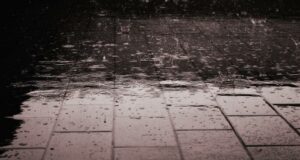
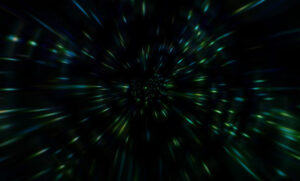

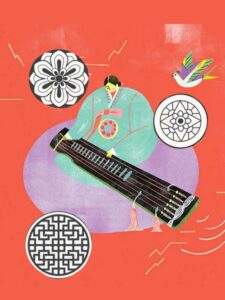

 this was when cellSize = 3
this was when cellSize = 3 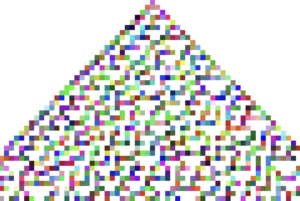 this was when cellSize = 10
this was when cellSize = 10